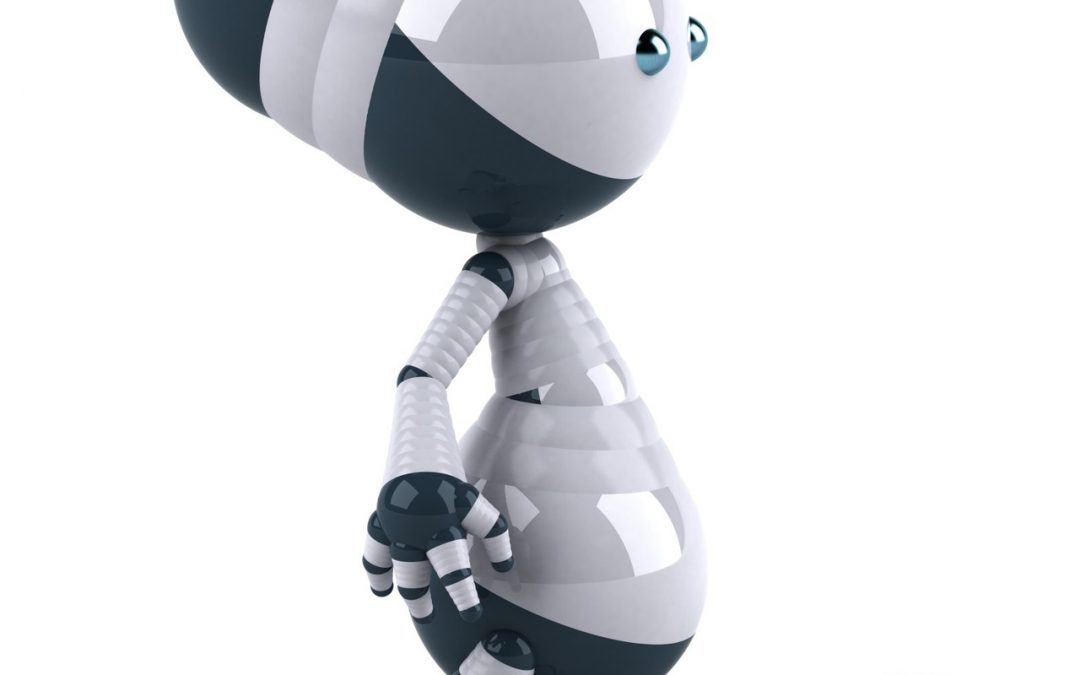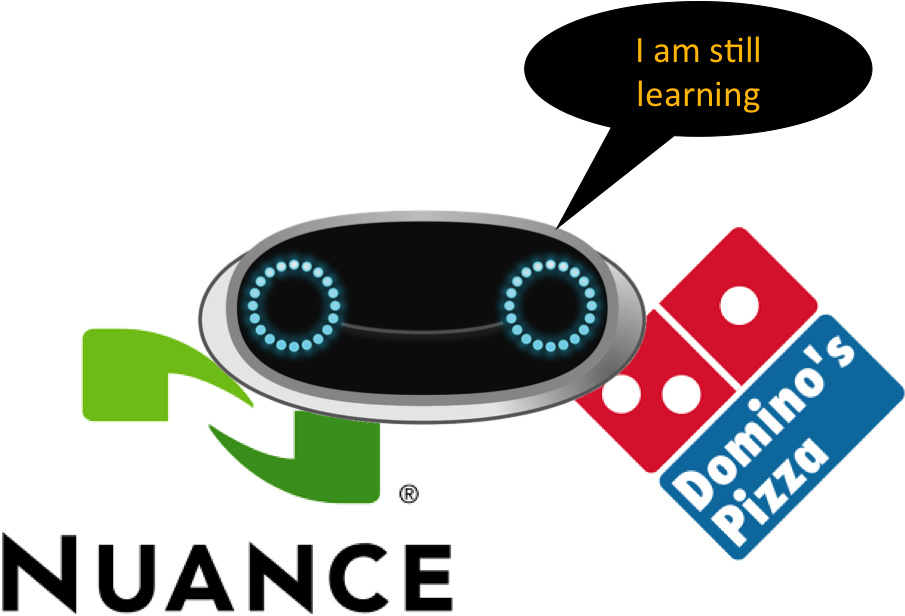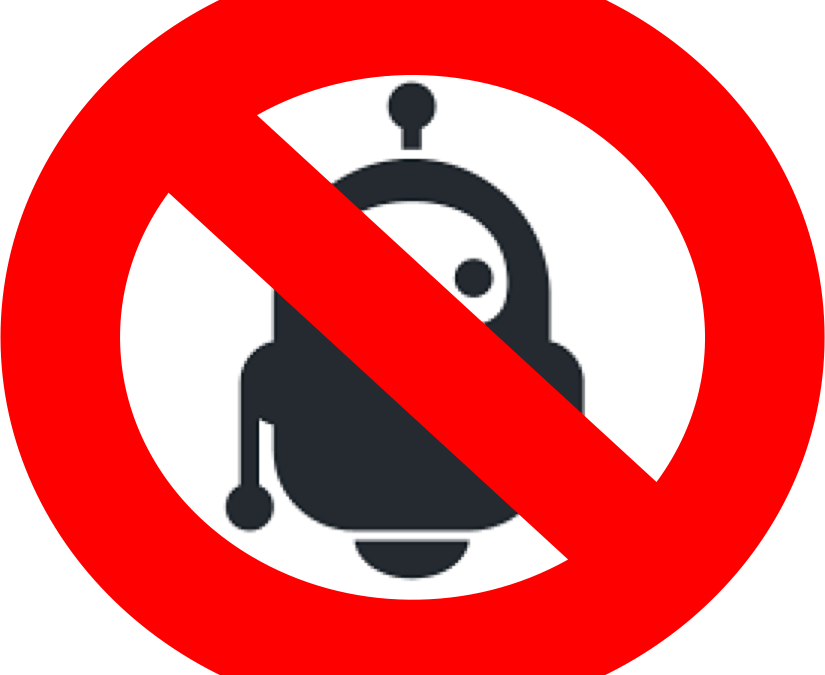
by twieberneit | Jun 29, 2017 | Analysis, Blog |
Earlier in June I had the opportunity to talk to Barry Coleman, CTO of Agent.ai, an about 2-year-old company at the time of writing this. The company spun off of manage.com, a very different business that enable the delivery of in-app advertisements. In order to support this mission more and more, first internal, then external support capabilities were needed. At first they built chat functionality for internal and for support purposes. Then there was the question of how to efficiently provide 24/7 support. This resulted in giving birth to a bot structure that can help customer service agents in an assisting mode, called co-pilot mode, and an autonomous mode, called autopilot. And it gave birth to Agent.ai. Agent.ai’s mission is to enable “exceptional customer service for all”. While this mission is not particularly unique, their approach is. First, Agent.ai has built its customer service software around a machine-learning platform. Second, the company provides their solution without asking their clients for a huge upfront investment or the need to have of AI-proficient developers in house. Third, they wanted to avoid the pitfall of inflated expectations. With AI and machine learning being very hyped topics at the moment, this is a very valid concern. Going backwards through the objectives, Agent.ai opted for offering very specialized bots first. As there is no general AI yet, this is pretty straightforward. Specific, tightly framed topics are far easier to support with AI and exposed by bots than broader bodies of knowledge. For example, specializations include the handling of order inquiries or of support call closure surveys. The second objective was achieved by doing all...
by twieberneit | Jun 2, 2017 | Blog |
One of the eternal problems in a call center is getting an enquiry routed to the right agent. This is doubly true in a mobile world that demands conversational support in near real time. Add to this the fact that most customers seeking support already failed to find an answer to their inquiry using an FAQ, a community, or other self-services. In this situation customers expect an answer within few minutes, if not seconds. On top of this, the ability to make engagements with the company easy, efficient, and ideally joyful, is becoming more and more a distinguishing factor for companies. Customer experience is the result of engagements, and for humans the experience gained from the most recent engagement tends to have a higher influence than older ones. Consequently, a positive customer experience matters, not only during marketing- and sales, but even more so in situations that require active help of the company that sold the product or service. So, getting a solution to an issue must be as easy and as human as possible. The challenge is that every support organization needs to live and work with limited resources – human as well as technical ones. It is Like a Good Game of Soccer 11 players and a ball. There is a goal keeper, are defenders, midfielders and attackers who play as a team against their opposition, trained by their coach and guided by the captain. There is a core team, and some players may be assigned to different roles, even within one game. Depending on the opposition team, the coach and the captain change player assignments, tactics...

by twieberneit | Mar 30, 2017 | Blog |
A few weeks ago Domino’s Pizza announced that they introduced conversational AI capabilities in their ordering process to enhance the customer experience. DRU Assist, a Virtual Assistant that is powered by Nuance Technology’s Nina Intelligent Virtual Assistant technology. Of course that caught my interest, looking at AI, chatbots and Virtual Assistants for some time now from a customer experience angle. I believe that there is quite some potential in Virtual Assistants although I saw and still see some risks for customer experience in using them. Used in a wrong way, raising too high expectations that subsequently are not fulfilled, bots can kill the user experience. The doubts I expressed earlier are still there but then I am happy to be convinced otherwise. Domino’s managed a tremendous turnaround after having some serious issues late in the aughties and early tens. Apart from rediscovering quality they implemented a very strong technology strategy that helps them understanding their customers better and helps their customers to a pretty smooth ordering and delivery process. The Intention So, I took the chance to have a conversation with Nuance’s Robert Schwarz about DRU assist, and of course ordered some Pizza using DRU shortly after it came online in New Zealand. Having some Pizza-loving children and a busy lifestyle I am a frequent mobile customer of Domino’s (and no, they didn’t incentivize me for this article in any form). Unluckily I couldn’t get statements from Domino’s, but here we are … Nuance as a vendor has a long history in speech-based interfaces. According to Mr. Schwarz Nina, the Nuance technology behind DRU Assist is really good at...

by twieberneit | Mar 6, 2017 | Blog |
2016 has been predicted to be the year of conversational commerce, and I’d say that this prediction largely held true. Conversational interfaces have become more and more mainstream, and their support by AI and bots has become all the rage. While people more and more turn to their smartphones and Google to find service and get answers to their questions, companies are increasingly looking at bot support to increase the efficiency of their call centers. But where is reality? In their 2016 hype cycle on emerging technologies Gartner places Conversational UIs in the innovation trigger phase with a predicted time of 5 – 10 years to mainstream adoptions Machine Learning on the peak of inflated expectations with a period of 2 – 5 years to mainstream adoption Forrester Research in their recent AI tech radar places virtual agents and machine learning into their growth phases of their respective life cycles, giving them 5 – 10 years to mainstream, while acknowledging a successful trajectory. So, clearly, AI and conversational systems are strategic. At the same time Abinash Tripathy, CEO of helpshift, a leading helpdesk company providing users with instant, proactive, and personalized in-app support, feels that “we are closer to IoT than to having really helpful bots”. Some bots are actually harming the customer experience. And he is right. Why? Several reasons. Essentially artificial intelligence, driven by machine learning or deep learning, is not yet intelligent enough. Too many bots are still driven by decision trees, which severely limit the possible conversations that the bot can serve. Second, bots’ ability to understand natural language is still lacking, albeit improving, and...

by twieberneit | Mar 4, 2017 | Blog |
These days, customer experiences increasingly need to be delivered with the help of technology. This does not mean that direct interactions and people are no more important in marketing, sales, or service; on the contrary, but that an increasing number of customers is using the web, social media, chat, or an app to identify suitable products or services or to resolve an issue, when needed. The Customer Executive Board found that 57 per cent of the buying process is already completed before sales personnel get engaged. A Cisco retail study confirms the American Express findings and states that around 60 per cent of all in-store purchases start their journey electronically. The American Express Global Barometer claims that 60 per cent of all customers abandoned a purchase because of poor service experiences. Over the past 20 or so years the way products and services get sold and customer service as well as marketing get delivered to customers changed dramatically. Gone are the times where a potential customer was addressed via a radio- or TV-spot or an ad printed in a newspaper, or a letter in the mailbox … – well, it still happens, but the focus shifted. We started off from one single, unidirectional marketing ‘channel’ – the customer comes into my store and interacts with me, a person. From there on we added an ever increasing number of additional channels, like the ones mentioned, plus many more. In today’s omni-channel world we also have telephone, e-mail, web-delivered ads, mobile apps, branded and white-label communities, social media like Facebook, Instagram, Twitter, etc., chat, messenger applications like WhatsApp, FB Messenger, Snapchat,...





